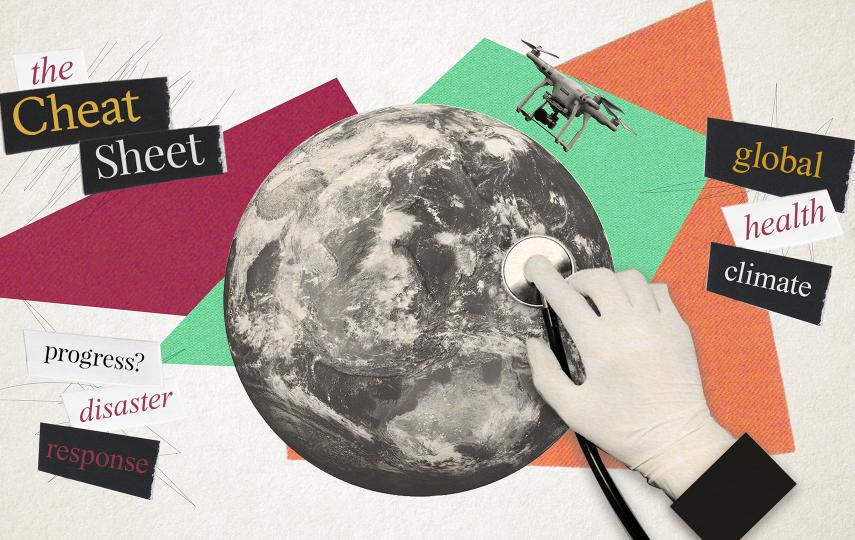At least 60 people have been affected by an outbreak of Monkeypox in the northern department of Likouala in the Republic of Congo, a health official has said.
"We had registered 62 probable cases, which were confirmed through a rapid laboratory test," Jean-Vivien Mombouli, the director of research at the national public health laboratory (Laboratoire national de santé publique), said on 24 September.
According to testimonies from the villagers, Mombouli said, there were at least 150 cases in the district.
Most of those affected were refugees from the Democratic Republic of the Congo younger than 15.
Monkeypox is a rare viral disease found mostly in the rainforest countries of central and West Africa, characterised by a high fever accompanied by intense fatigue and lesions, Mombouli said.
"There is no treatment or vaccine for the disease," he said. "The recovery is spontaneous."
Infection follows physical contact with animals, especially monkeys, during the preparation of meat, he said. According to Mombouli, the virus had adapted to the human species.
"If we neglect the virus and let it evolve, it will become more virulent and lethal," he said.
The outbreak started in January, with the last case being registered at end-August.
The disease was spread out over a 200km radius in Likouala and affected villages along the River Oubangui. The river is a natural border between the Congo, DRC and Central African Republic.
Meanwhile, four experts from the Centers for Disease Control in Atlanta, Georgia, are expected in Brazzaville this week to analyse samples taken by Congolese health experts in the affected areas in order to identify the origin of the outbreak, which so far remains unknown.
lmm/aw/mw
This article was produced by IRIN News while it was part of the United Nations Office for the Coordination of Humanitarian Affairs. Please send queries on copyright or liability to the UN. For more information: https://shop.un.org/rights-permissions





